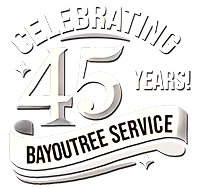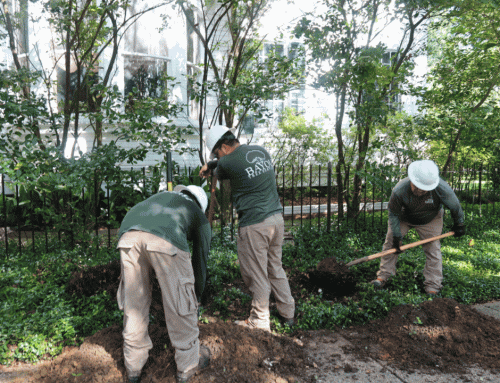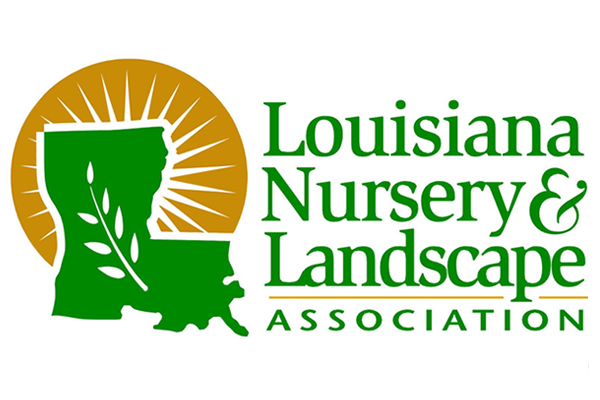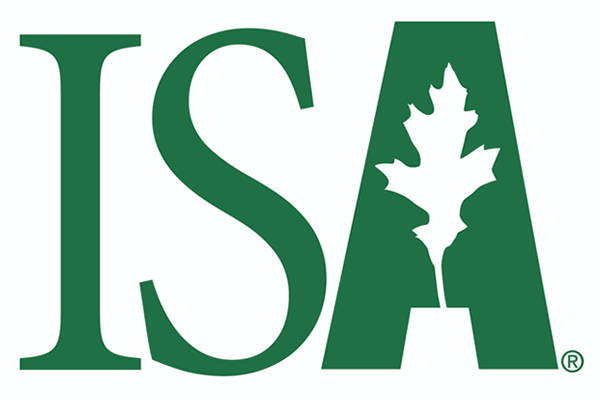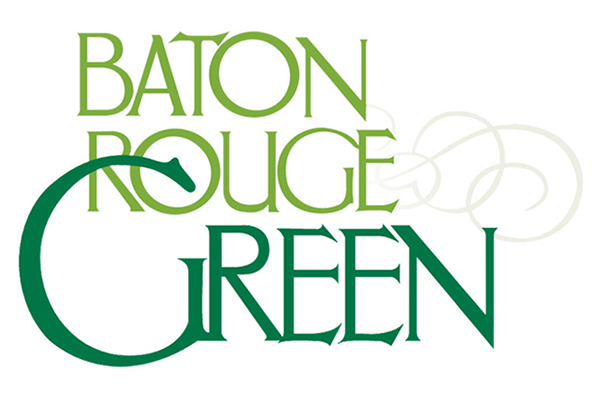It seems like just yesterday we were dealing with arctic freezes in southern Louisiana. And somehow, it’s now August and we’re thinking about hurricane prep.
In recent months, the news has reported several instances of people being injured by falling trees. Now, people are starting to wonder if this year’s crazy weather means more tree trouble is ahead during hurricane season.

So is it time to panic and cut back trees to be safe before tropical systems get here?
Definitely not!
Baton Rouge has an amazing urban canopy which is why we want to educate everyone on what to look for and how to stay safe around your trees.
Impact of 2018 Weather On Our Local Trees
Our urban tree population is under a great deal of environmental stress from new construction, drainage issues & more.
When the weather is as extreme as it has been this past year, it puts additional pressure on local tree health.
Extended bouts of heavy rain make it easier for a tree to uproot. But when periods of heavy rain are followed by periods of drought and heat, it’s best to keep a close eye on your trees.
Also, this winter’s extreme freezes damaged or killed off many less hardy trees including taking a heavy toll on our local palms.
The “Non-Panicy” Approach to Preventing Tree Damage
Before anyone goes to trimming trees as a precaution, it’s important to do an inspection first – especially if your trees are not being serviced regularly.
Our arborists tend to look at the tree species first when doing an evaluation. If the tree species has a history of premature failure, we will take that into account when putting together a plan of action.
Secondly, we look at the canopy of a tree. If it starts to have dieback in the outer tips of the canopy, generally something may be going on with the root system.
We look at the tree crown also. If the tree has poor limb structure, that may be an indicator of potential hazards due to sudden limb failure.
And finally, you can tell a lot about a tree by looking at the roots. Compromised roots are the most common reason trees fall over and can be hard to spot by unless you know what you’re looking for.
The average property owner may see a few dead limbs and begin to question the health of the rest of the tree. When you see this, it’s best to call a Licensed arborist, preferably ISA Certified, to inspect the tree and evaluate its health.
Coming into hurricane season, it’s usually a good idea to remove any dead or declining limbs so they’re not blown around when the weather turns bad. But there’s no substitute for a professional tree inspection which includes reviewing the species, root system, soil, foliage, crown & canopy.
